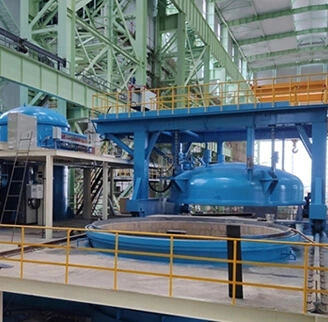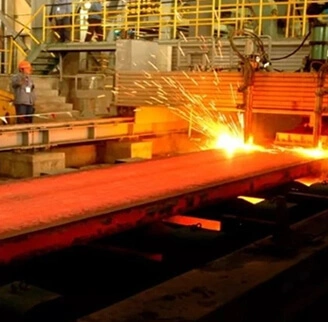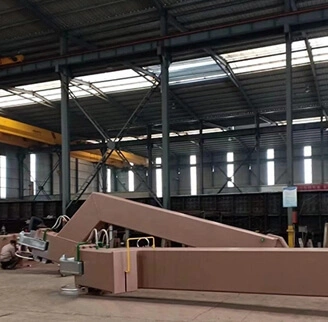The process of steelmaking is complicated, and it involves various equipment and stages, one of which is employing a ladle refining furnace (LRF). This pivotal piece of equipment is instrumental in refining molten steel and adjusting its chemical composition to align with manufacturing requirements. However, like any industrial equipment, operating a ladle refining furnace requires the utmost level of safety consciousness and adherence to best practices.
Understanding the Ladle Refining Furnace
A ladle refining furnace, sometimes simply referred to as a steel ladle, is predominantly used to refine the chemical composition and temperature of molten steel. It takes a batch of molten steel directly from types of electric arc furnace (EAF) and goes on to desulfurize, deoxidize, and remove unwanted elements like non-metallic inclusions (NMI). This process yields quality steel that hits stringent industry specifications.
Safety Protocols for Operating Ladle Refining Furnaces
In the interests of workplace safety and to prevent any industrial accidents, it is vital to adhere strictly to the established safety procedures while operating a ladle refining furnace. For instance, should there be an overflow situation, operators must react instantly and follow a preset plan. Keeping the path clear of obstacles for quick mass evacuation becomes necessary in such scenarios.
Personal Protective Equipment (PPE) such as heat-resistant gloves, safety glasses, footwear, and overalls should always be used when operating or even being in proximity to the furnace. Regular maintenance checks are needed to ensure that the refining furnace and its supporting gear operate optimally. This includes thermocouples, voltage reels, servo valves, and hydraulic systems.
Additionally, operators must always steam out and completely dry the ladle before use to eliminate moisture, as traces of it could lead to serious explosions when it comes into contact with molten steel.
Best Practices in Ladle Refining Furnaces Operation
In steel manufacturing operations, the goal is to strive for maximum efficiency while also minimizing potential hazards. Key best practices include implementing a rigid training program for all employees handling expensive and potentially dangerous equipment, such as LRFs. Staff should be retrained regularly on fundamentals and new techniques in furnace operation.
It's also a good practice to monitor the furnace’s condition regularly. Predictive and preventive maintenance structures need to be in place to maximize productivity and reduce downtime.
Finally, operators must always maintain the prescribed chemical composition of molten steel, ensuring that it falls within regulatory standards. Automated systems should be installed to increase precision and reduce the scope for human error.
The Relevance of Safety and Efficiency in Furnace Operations
Safe and efficient operation of the LRF cannot be overemphasized. It promotes a better workplace environment, reduces potential hazards, and most importantly, it boosts overall productivity. While steel manufacturing is a process laden with inherent risks, the efficient and safe operation of a ladle refining furnace can significantly mitigate these dangers while ensuring manufacturing targets are met efficiently, effectively and under optimal safety conditions.
In conclusion, the ladle refining furnace is an essential machine in steelmaking, and its operation should be well-regulated. Following stringent safety protocols and generating consistent best practices secures not just the equipment's optimal functioning but also the protection of those who operate it. By integrating these crucial elements, a steel plant can boost productivity, foster a safer work environment, and contribute to the smooth-running of the manufacturing process.
 back homepage
back homepage
 EN
EN
 fr
fr  ar
ar  fa
fa 












